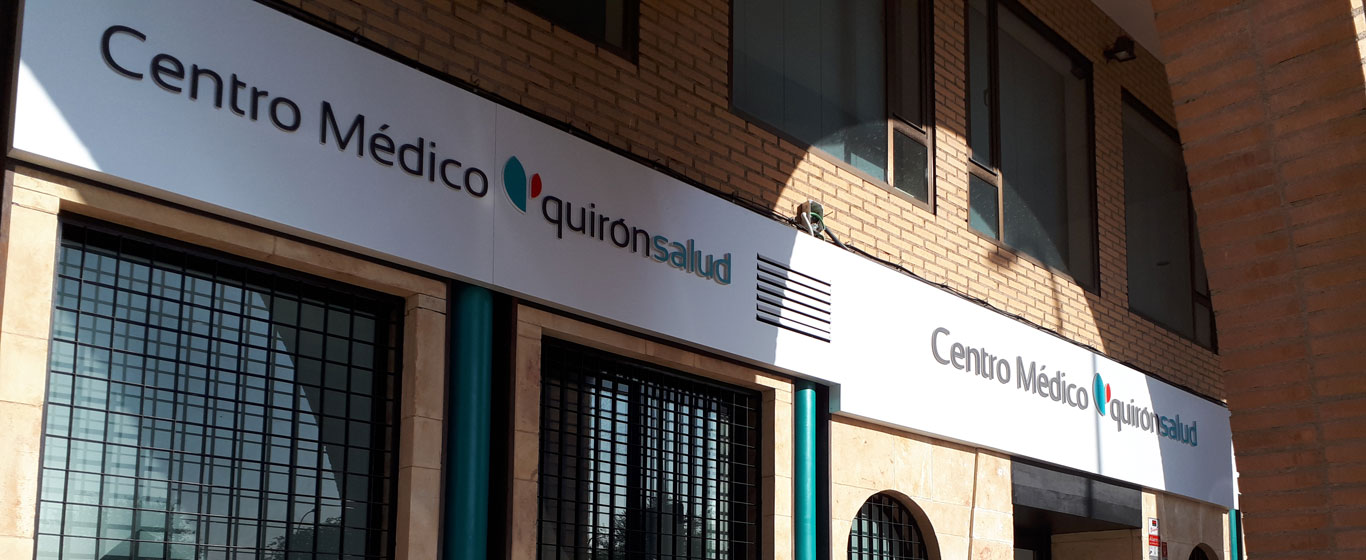Ingrown Toenail
How to treat ingrown toenails? Information on the causes, symptoms, and most common treatments for onychocryptosis.
Symptoms and Causes
An ingrown toenail (onychocryptosis), also known as an ingrown nail, is a condition caused by continuous friction of the nail against the lateral fold of a toe (usually the big toe). As a result, the area becomes inflamed, reddened, and painful. Essentially, it is a nail that grows into the skin instead of over it, leading to inflammation, secondary infection, pain when walking or experiencing minor trauma, and, in some cases, the formation of granulation tissue.
Although it can occur in people of all ages, ingrown toenails are particularly common among children and teenagers.
In general, onychocryptosis can be treated at home by following medical recommendations, but in some complicated cases, surgical intervention is necessary.
Symptoms
The most characteristic symptoms of an ingrown toenail include:
- Pain.
- Redness.
- Inflammation.
- Infection and pus formation.
- In some cases, limited movement.
Causes
Ingrown nails can be caused by various factors, such as:
- Toe injuries or trauma.
- Wearing excessively tight footwear.
- Cutting nails too short or in a rounded shape (they should be cut straight).
- Naturally curved nails.
- Engaging in sports that promote nail friction.
- Nail infections.
Risk Factors
Some factors that increase the likelihood of developing an ingrown toenail include:
- Having curved or irregularly shaped nails.
- Being a teenager, as increased foot perspiration softens the nails.
- Poor nail care, such as cutting them too short.
- Wearing shoes that put pressure on the toes.
- Participating in sports that impact the nails.
- Having diabetes, as blood circulation may be impaired.
Complications
If onychocryptosis is not properly treated or if the patient has diabetes, it can lead to serious complications such as:
- Toe infections.
- Formation of nail spicules, where the edge of the nail plate embeds into the skin.
- Chronic inflammation.
- Fibrosis of the periungual fold: an increase in fibrous tissue along the lateral edge of the toe.
Prevention
Ingrown toenails can be prevented by following these recommendations:
- Keep nails at an appropriate length, aligning with the tip of the toes.
- Cut nails straight across.
- Wear properly fitting shoes that do not squeeze the toes.
- Use protective gear when practicing sports that may impact or rub against the toenails.
- Regularly check the condition of feet and nails, especially for individuals with diabetes.
Which Doctor Treats Ingrown Toenails?
Podiatrists, pediatric surgeons, and general surgeons specialize in treating ingrown toenails.
Diagnosis
Diagnosing an ingrown toenail usually requires only a physical examination; no additional tests are needed.
Treatment
In most cases, an ingrown toenail is a mild condition that can be treated with home remedies and by following specialist recommendations:
- Cleaning and disinfecting the affected area, if necessary.
- Placing a thread or cotton between the nail and the skin to prevent the nail from growing downward. It is best to do this after bathing when the area is softened.
- Wearing spacious footwear until the nail heals. If possible, keep the toe uncovered.
- Applying antibiotic creams or taking oral antibiotics if an infection is present.
When onychocryptosis becomes severe, surgical treatments may be required to:
- Place a splint to keep the nail in the correct position until it grows above the skin.
- Remove the nail spicule by lifting the nail and cutting the excess nail plate.
- Extract all or part of the nail.





















































